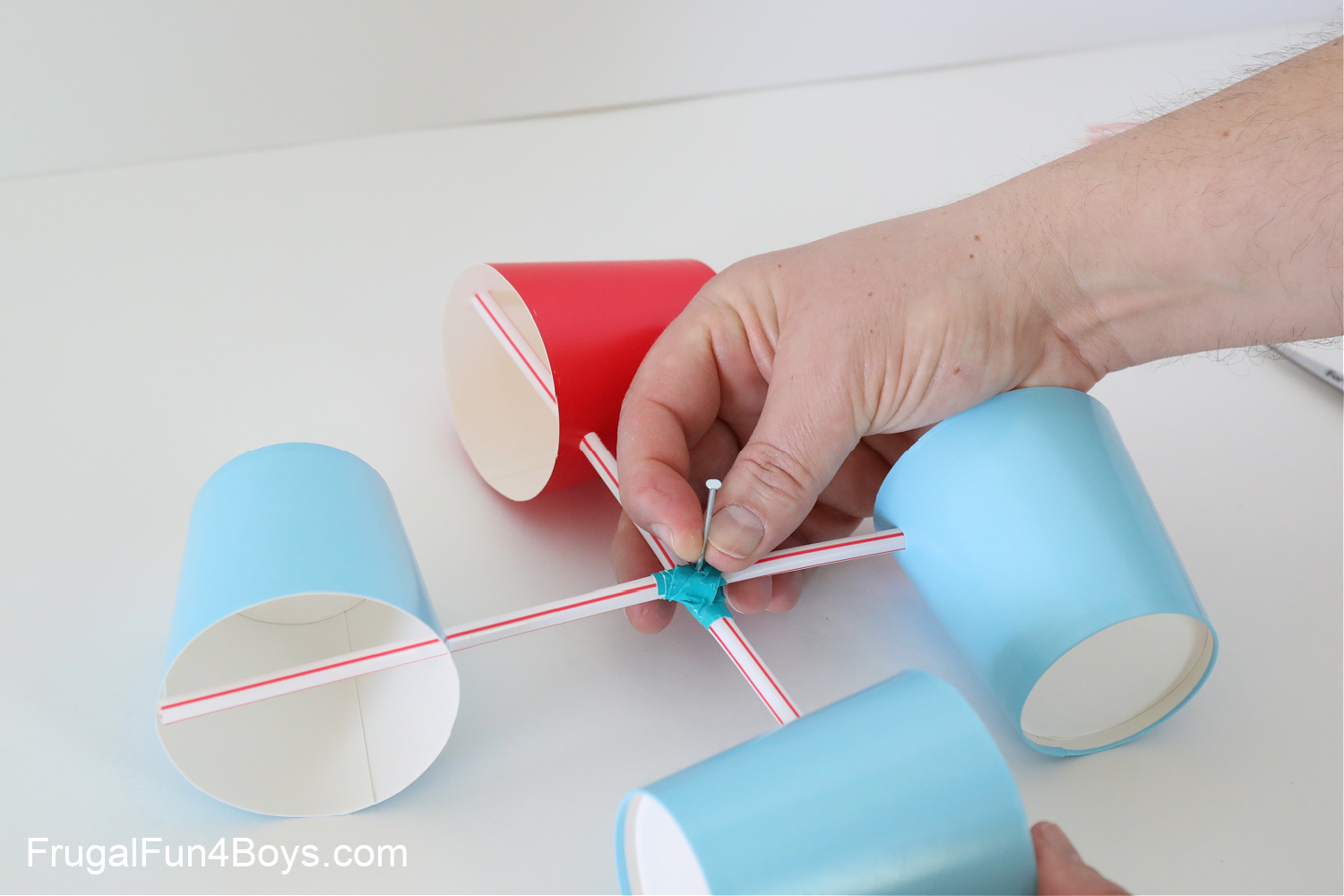How an Anemometer Can Improve Your Weather Monitoring System
How an Anemometer Can Improve Your Weather Monitoring System
Blog Article
All You Need to Understand About Anemometers: Just How They Work, Why They Issue, and Where to Utilize Them
Anemometers, though frequently overlooked in the realm of scientific instruments, play a crucial duty in different fields, using valuable understandings into wind rate and air flow patterns. Comprehending the auto mechanics behind these gadgets is vital for anyone looking for to harness the power of this information. From meteorologists tracking climate patterns to engineers designing structures with wind tons in mind, the applications of anemometers are significant and varied. As we dig right into the ins and outs of anemometer technology, we will certainly uncover the inner operations of these tools, their relevance, and the crucial factors to consider when picking the right anemometer for specific applications.

Anemometer Essentials
A necessary instrument utilized to gauge wind speed and instructions, the anemometer plays an essential duty in weather forecasting and various sectors. An anemometer typically consists of 3 or four cups that rotate in the wind, a vane that points right into the wind, and sensors to track the activities or turnings.
There are various kinds of anemometers offered, consisting of cup anemometers, vane anemometers, hot-wire anemometers, and sonic anemometers, each with its unique functions and applications. Cup anemometers are typically utilized for basic wind speed measurements, while vane anemometers are preferred for directional measurements. Hot-wire anemometers are ideal for reduced airspeeds, and sonic anemometers are ideal for high-precision measurements in study and industrial setups. Comprehending the basics of anemometers is necessary for accurate wind data collection and evaluation across different markets.
Principles of Anemometer Operation
Structure on the fundamental understanding of anemometer basics, the principles of anemometer operation elucidate the auto mechanics behind wind rate and instructions dimensions. Anemometers operate the principle of air flow affecting a sensing unit, triggering it to revolve. Mug anemometers, for circumstances, have 3 or even more mugs that catch the wind, creating them to rotate quicker as the wind rate rises. The turning speed is after that transformed right into a wind rate dimension. Vane anemometers, on the other hand, make use of a tail or a probe that straightens itself with the wind instructions, supplying a dimension of wind instructions based upon the alignment of the sensing unit. Hot-wire anemometers count on a warmed cable that cools off as wind passes over it, with the rate of cooling figuring out the wind rate. Ultrasonic anemometers step wind rate and instructions by examining the time it considers ultrasonic signals to travel between transducers. Understanding these principles is essential for exact and reliable wind dimensions in various applications.
Significance of Anemometers
Anemometers play a vital function in measuring wind speed and direction, providing crucial data for weather forecasting, climate research studies, environmental tracking, and aviation procedures. Meteorologists count on anemometers to gather accurate wind information, assisting them comprehend weather condition patterns, forecast storms, and problem timely warnings to the public. Wind farm operators make use of anemometers to analyze wind problems and make best use of electricity production from wind turbines.
Applications Throughout Different Industries
In the eco-friendly power sector, anemometers play an important duty in examining wind conditions for wind farm positionings, ensuring optimal energy production. Industries like building and mining use anemometers to check wind speeds, essential for security protocols, especially when working at heights or in open-pit mines where solid winds can posture threats. In farming, anemometers assist farmers in taking care of plant splashing by providing real-time data on wind speed to stay clear of drift.

Choosing the Right Anemometer for Your Requirements
Picking the appropriate anemometer customized to your details requirements is essential for acquiring precise wind speed and direction measurements. When choosing an anemometer, consider elements such as the designated application, needed measurement range, ecological problems, and wanted attributes. For general objectives, a mug anemometer is ideal for measuring wind speed, while a vane anemometer offers wind instructions information. Hot-wire anemometers are excellent for reduced airspeed measurements, and ultrasonic anemometers supply high precision and resilience.

Final Thought
Finally, anemometers play a crucial duty in determining wind speed and instructions throughout various sectors. Comprehending the principles of anemometer operation is crucial for choosing the best tool for details demands. From weather forecasting to air travel, anemometers are vital devices for collecting precise data and making certain safety in various applications. It is essential to take into consideration the value of anemometers in order to make informed choices when choosing one of the most suitable gadget for measuring wind problems.
There are different kinds of anemometers available, consisting of cup anemometers, vane anemometers, hot-wire anemometers, and sonic anemometers, each with its distinct functions and applications. Mug anemometers are frequently used for fundamental wind rate dimensions, while vane anemometers are preferred for directional measurements. Hot-wire anemometers are suitable for low airspeeds, and sonic anemometers are optimal for high-precision dimensions in study and industrial settings.Building on the foundational understanding of anemometer fundamentals, visit this page the concepts of anemometer procedure More hints illuminate the auto mechanics behind wind rate and instructions dimensions. For general objectives, a mug anemometer is ideal for gauging wind speed, while a vane anemometer supplies wind direction data.
Report this page